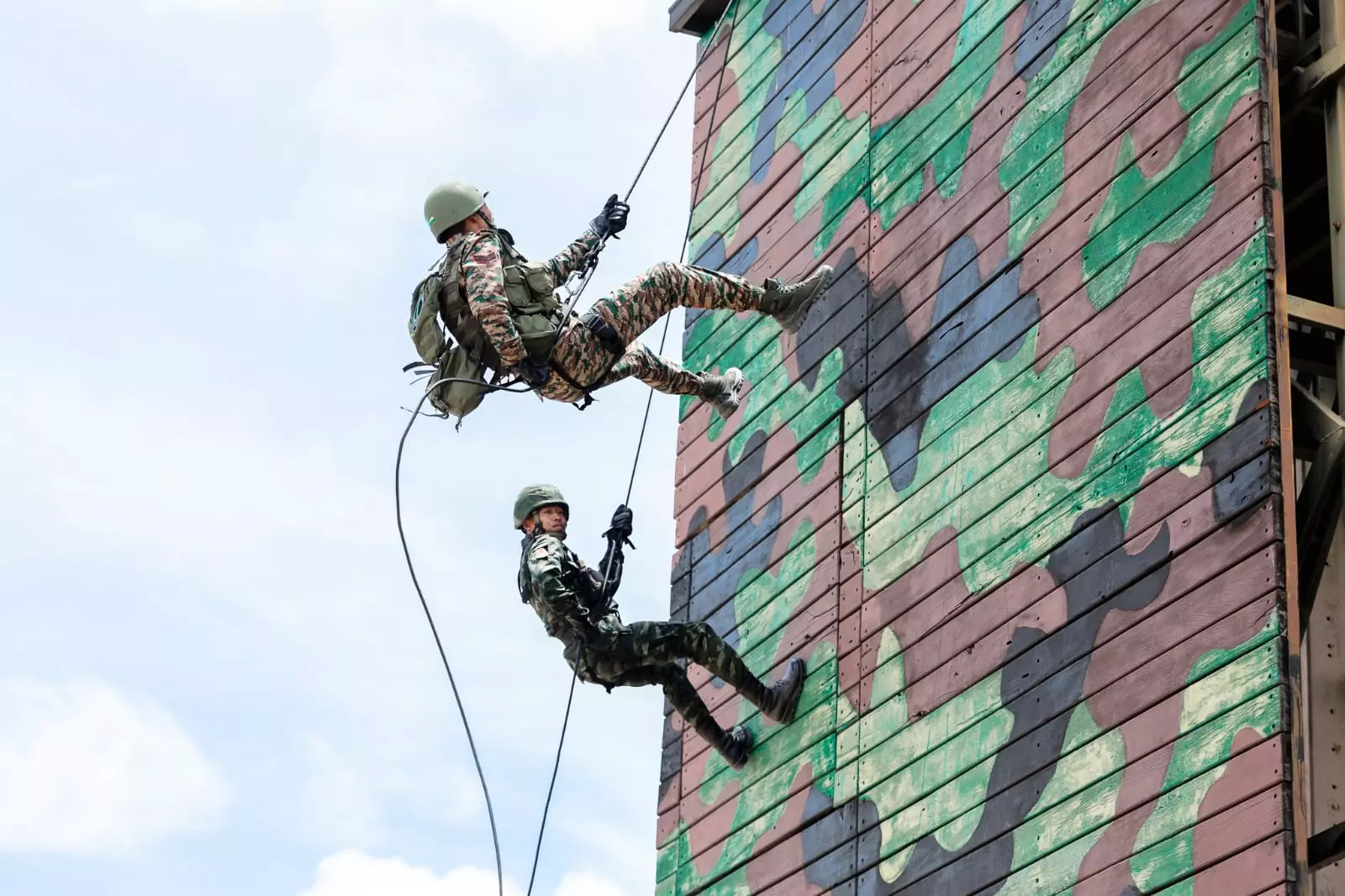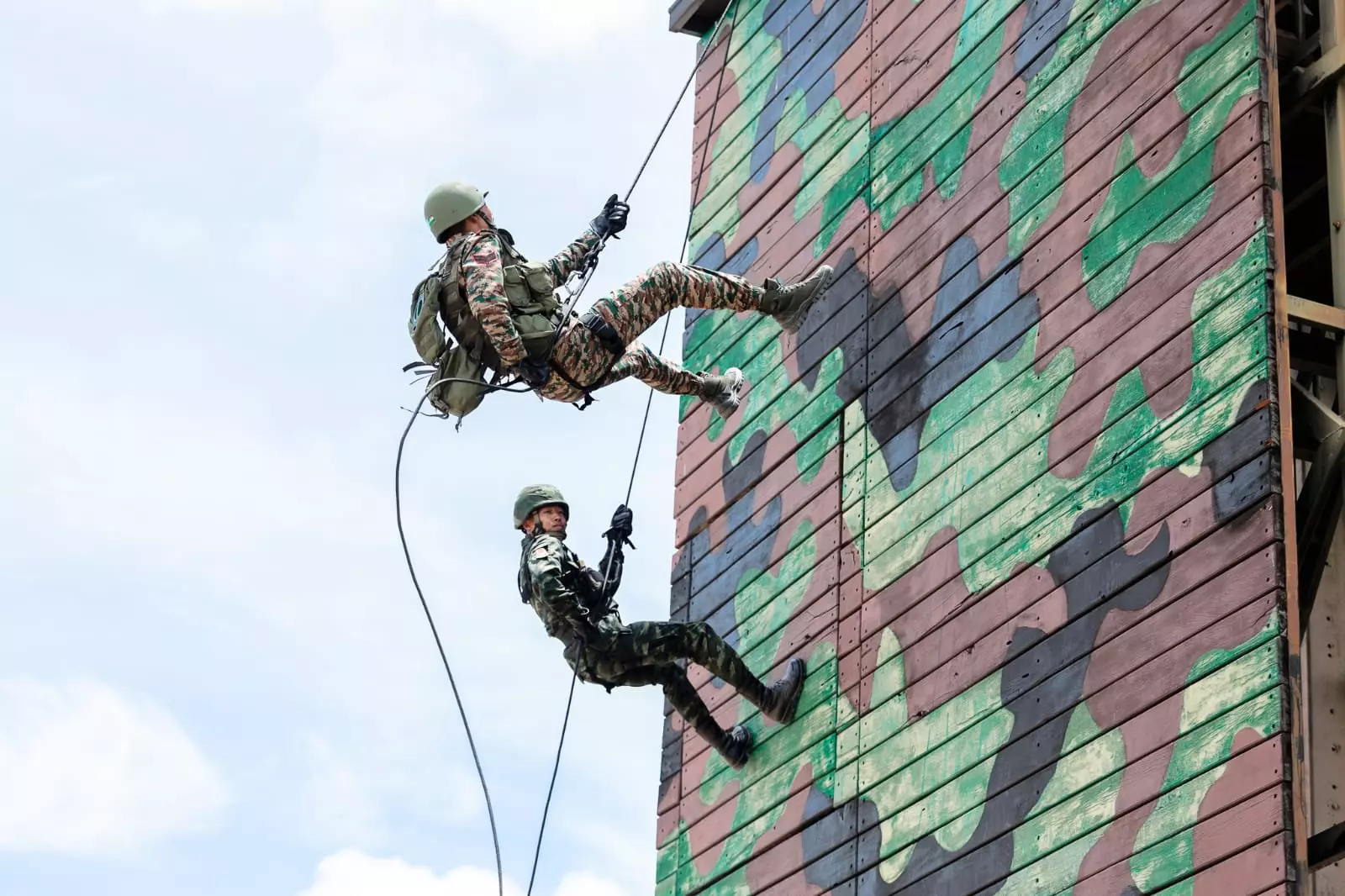
Earlier this month, the 13th round of the India-Thailand joint military exercise “Maitree”, meaning friendship, was conducted at Fort Vachiraprakan in Thailand. India and Thailand share a maritime boundary in the Andaman Sea. This exercise between the Indian Army, whose contingent was represented mainly by the Ladakh Scouts battalion, and the Royal Thailand Army, shared best practices in planning and tactical techniques, including combined capabilities in combating terrorism under the United Nations Charter, and promote defence inter-operability. Maitree was followed by the Bay of Bengal Initiative for Multi-Sectoral Technical and Economic Cooperation (Bimstec) foreign ministers’ meeting for its seven members — India, Thailand, Bangladesh, Sri Lanka, Nepal, Bhutan, and Myanmar — which was hosted in New Delhi recently as a precursor to the upcoming September summit to be hosted by Thailand, Bimstec’s current chair.
These events offer a glimpse into efforts to connect South with Southeast Asia, building upon unique historical, political and cultural ties.
Some years ago, I was honoured to be invited to judge a renowned Singapore-based publishing house’s literary contest for the best Asian short stories. Submissions by authors competing from around 20 Asian nations and their global diaspora frequently alluded to enduring Asian cultural connections. The ties between India and Thailand are evident from the moment one steps into the Suvarnabhumi international airport and is greeted by a large mural depicting the mythological scene of the churning of the milk ocean (Samudra Manthan) from the Vishnu Purana, a text belonging to the Hindu Vaishnava literature corpus. The scene
is an artistic rendition of how the king of serpents, Naga Vasuki, coils around the Mandara mountain, while Lord Vishnu in the reincarnated form of a turtle supports the mountain on his back, and devas and asuras pull on Vasuki from both ends to produce “amrita”, the nectar of immortality. Garuda, known as the mount of Lord Vishnu, is Thailand’s national emblem. The elephant is their national animal.
Buddhist ties are as strong, and Indian pilgrims throng the wats (Buddhist temples) with their awe-inspiring statues of the revered Buddha. The Thai language incorporates influences of both Sanskrit and Pali.
On a recent trip to Thailand, I had the opportunity to visit Wat Pho and Wat Arun in Bangkok. Wat Pho is famous for its huge golden statue of the barefoot Sleeping Buddha, whose sighting is considered auspicious. Like other Asian temples, Buddhist wats also request visitors to take off their footwear as a sign of respect. Those who have had footwear go missing elsewhere would be delighted to learn of this wat’s innovative practice of distributing bags in which tourists may carry their own footwear through the temple premises. Wat Arun (Temple of the Dawn) is located across the Chao Phraya river, which is crossed by a ferry. Arun is also the Hindu God of the rising sun. Walking through the stunning grounds filled with anterooms housing hundreds of statues bearing testimony to a rich transcultural history, and meditating before the Buddha in the main hall, is a profound spiritual experience.
The ancient words of wisdom etched throughout the temples, and the constant movement of monks, presents a peaceful worldview that is often missing in dominant global narratives that continue to push an agenda of war and supply lethal weapons to war zones for the killing of women and children and the bombing of schools and hospitals as supposed pathways to peace. Non-Western philosophies of peaceful coexistence seem to be in danger of being systematically erased, so one lauds efforts like the revival of Nalanda University in India as an international centre for learning. Built by the Guptas in the sixth century, and once the seat of Mahayana Buddhism to which learners came from across Asia, the mahavihara and its libraries had been burned down. As India sought to rebuild Nalanda, Thailand’s public and private sectors donated generously to the project, as did other countries from the Indo-Pacific. The ambassadors of several Asean nations were present at the inauguration. Indian universities have long offered scholarships to students from Asean nations, including Thailand, and the universities of both countries host cultural exchange programmes.
While self-defence preparedness is unfortunately not optional in an era of aggressive militarisation due to international relations shaped by Great Power competition, such pan-Asian policy and diplomacy initiatives to promote education and the arts which provide ample opportunities for Indian leadership and must continue.
India’s story also needs to reach diverse audiences. Thailand was never subjected to British colonisation, and so English is not popular among the masses as it is in many other South and Southeast Asian countries. Large hotels and resorts do stock English newspapers for international tourists, including that of other Indo-Pacific countries, but I was hard-pressed to find Indian newspapers.
Thailand has been in the news for legalising same-sex marriage as did another South Asian neighbour and Hindu majority nation, Nepal. During my Thailand trip, I appreciated their gender inclusivity, especially transgender inclusion. Trans men and women are employed in large numbers by government and local businesses like restaurants, malls and massage parlours. In the absence of such inclusion across sectors, begging, sex work, or performing at weddings and other social events become the only livelihood choices available to the transgender community. Directed policy initiatives need to be formulated by the public and private sectors to improve trans inclusion and address poverty in other parts of Asia, including India. Corporate social responsibility (CSR) initiatives to advance women’s inclusion and leadership should be encouraged to include trans women. Could India’s global corporate houses take the lead so that small businesses may follow?
In sum, India’s vision of infusing new energy and resources into Bimstec, a grouping of mutually amicable nations, is farsighted as initiatives through Saarc (South Asian Association for Regional Cooperation) slowed down. During the meeting earlier this month, New Delhi emphasised security and socio-economic cooperation, health, energy, tourism, and people-to-people exchanges. The Bay of Bengal cooperation is expected to further solidify during the upcoming summit in Thailand. Indo-Thai bilateral ties are also an important part of Asean, the East Asia Summit (EAS), Asia Cooperation Dialogue (ACD), Indian Ocean Rim Association (IORA), and related forums. In the face of a rapidly evolving geopolitical order, and as an integral part of its Act East Policy and Security and Growth for All in the Region (SAGAR) framework, it is in India’s interest to strengthen these regional relationships.
